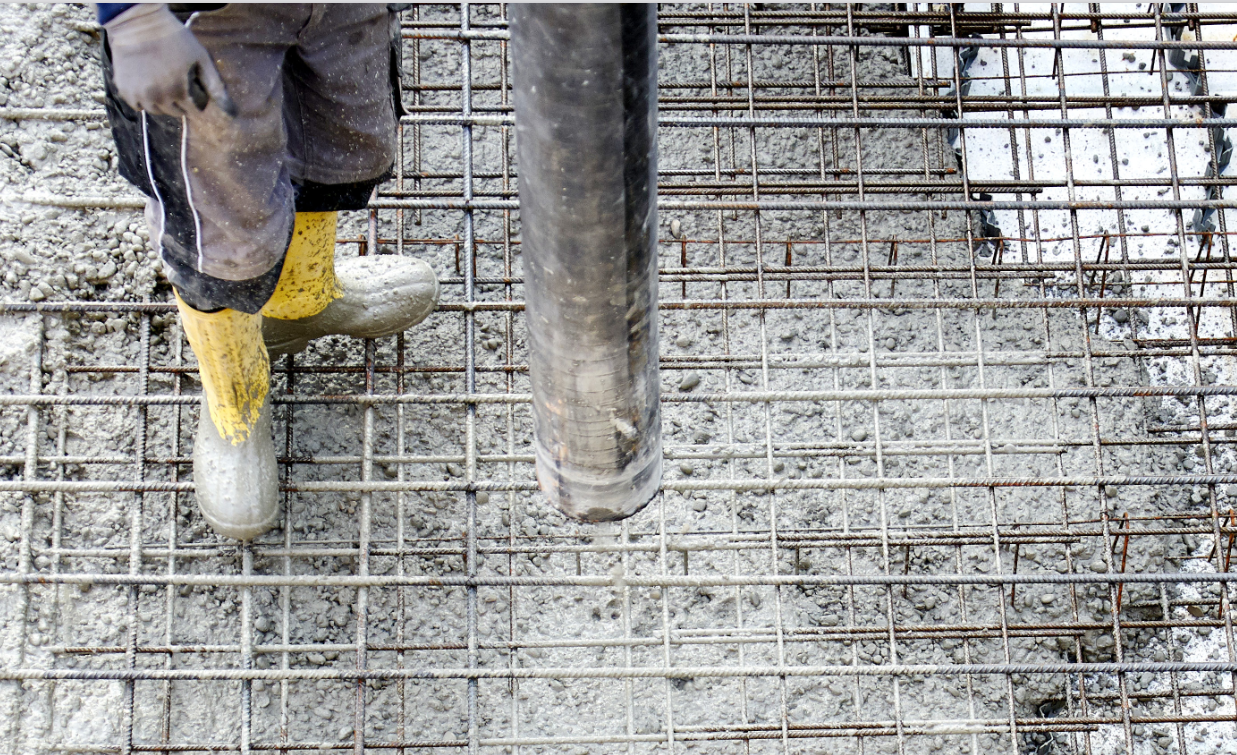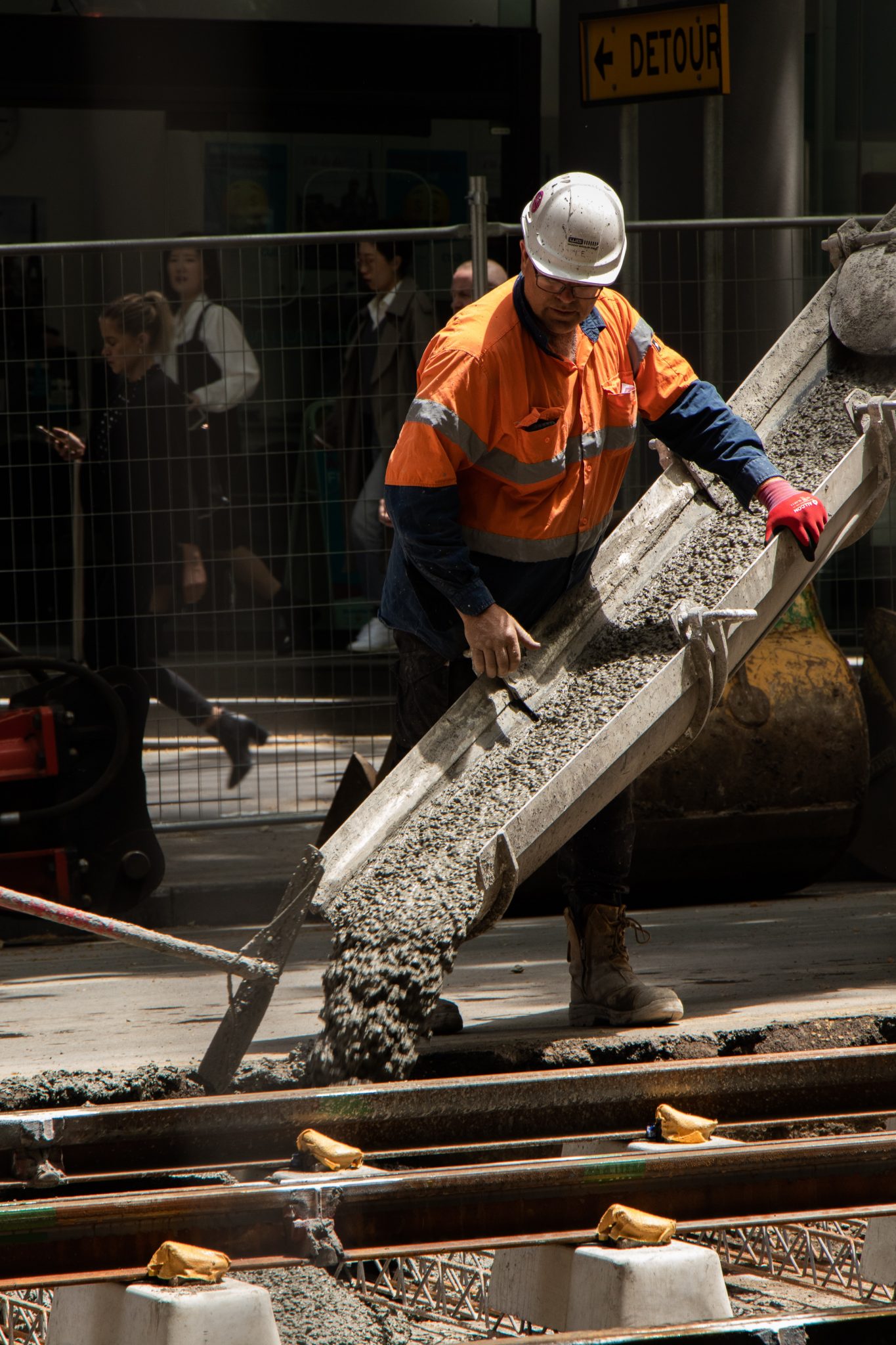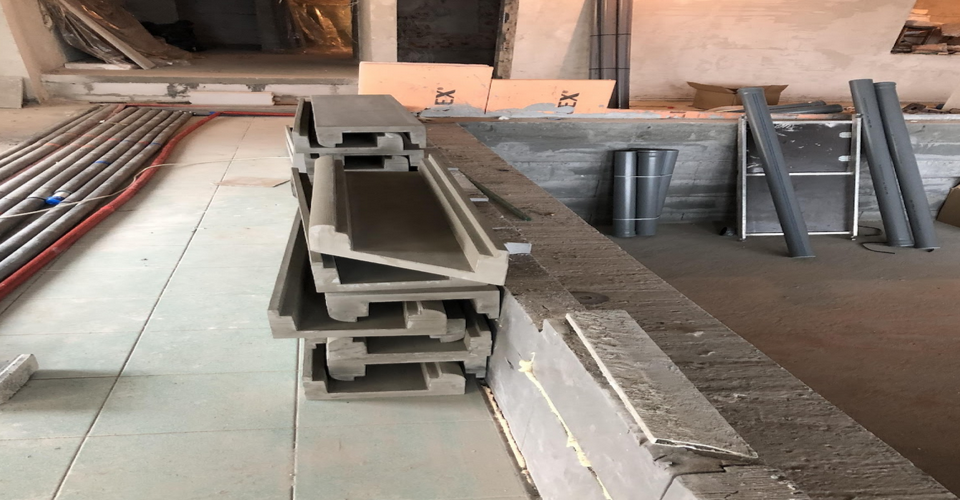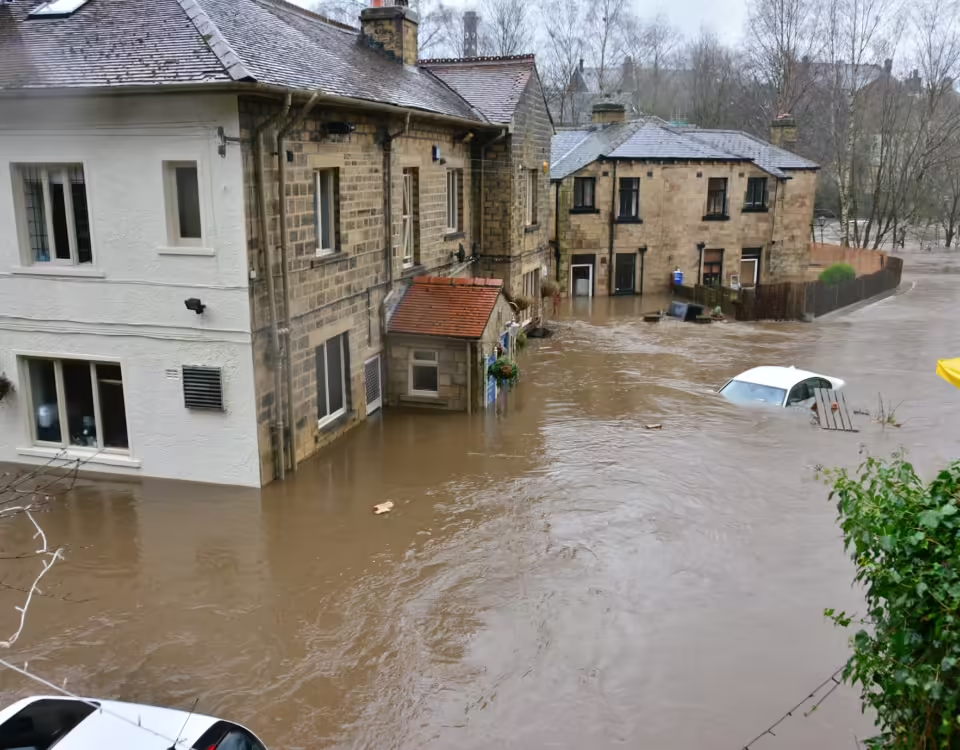
3. Why Can't You Skip Waterproofing?
August 24, 2022
White Tank with Crystallizing Additive
September 2, 2022
Why Is Waterproofing Essential?
Waterproofing, as the name suggests, is the process of protecting a building from the harmful effects of moisture and water. One of the initial stages of construction involves soil testing, which helps determine the type of waterproofing necessary for the building.
The Importance of Waterproofing Foundations
The underground parts of a building are constantly exposed to groundwater. A lack of waterproofing can lead to water seepage into the basement, adversely affecting the entire structure. High humidity levels harm both construction materials and the building's occupants, potentially resulting in mold and mildew growth.
Waterproofing foundations is a fundamental step that should not be overlooked. Additionally, it’s crucial to waterproof other building elements, such as walls, ceilings, roofs, balconies, terraces, and bathrooms. Skipping waterproofing can lead to damage caused by water, temperature fluctuations, and air exposure, resulting in serious and expensive issues down the line.
Types of Waterproofing
The purpose of waterproofing is to protect key building components from water that could damage the structural integrity. Waterproofing can be categorized into several types based on placement and water resistance:
- Horizontal Waterproofing:
- Applied beneath the flooring or on top of the foundation.
- Vertical Waterproofing:
- Applied to walls for added protection.
- Waterproofing Categories:
- Waterproofing (against water pressure): Protects against groundwater.
- Damp-proofing: Prevents water without pressure from penetrating the structure.
- Load-Based Waterproofing:
- Heavy-duty Waterproofing: Used where water pressure is present.
- Light-duty Waterproofing: Suitable for areas with low water levels or permeable soils.
How to Save on Waterproofing?
The key to saving on waterproofing is investing in high-quality materials and skilled labor from the start. Attempting to cut corners can lead to poorly applied waterproofing or subpar materials, which are far costlier to repair later.
Water is relentless—it migrates. The source of the issue might not align with the visible damage, such as peeling plaster or unsightly stains. Soil changes, such as neighboring developments altering groundwater levels, can also create new challenges for your foundation years later.
For instance, imagine a scenario where a neighborhood of single-family homes is developed near your building ten years after construction. This change could disrupt groundwater levels, exposing your foundation to water pressure that a simple damp-proofing layer cannot handle. In such cases, waterproofing is the safest option.
The Role of Ground Testing
Before construction begins, soil testing is critical to selecting the right waterproofing method.
- Damp-proofing is sufficient for buildings on permeable soils like sand and gravel.
- Waterproofing is necessary when groundwater levels are high or unstable.
Why Skipping Waterproofing Is Costly
Neglecting waterproofing leads to structural damage and expensive remediation efforts like rebuilding damaged waterproofing and drying out affected areas. Buildings exposed to moisture degrade faster, and damp walls may develop mold, posing health risks to residents.
Proper waterproofing during construction ensures the building remains resilient for years. Investing in high-quality waterproofing materials and techniques protects your property, health, and finances—providing peace of mind and long-term security.











